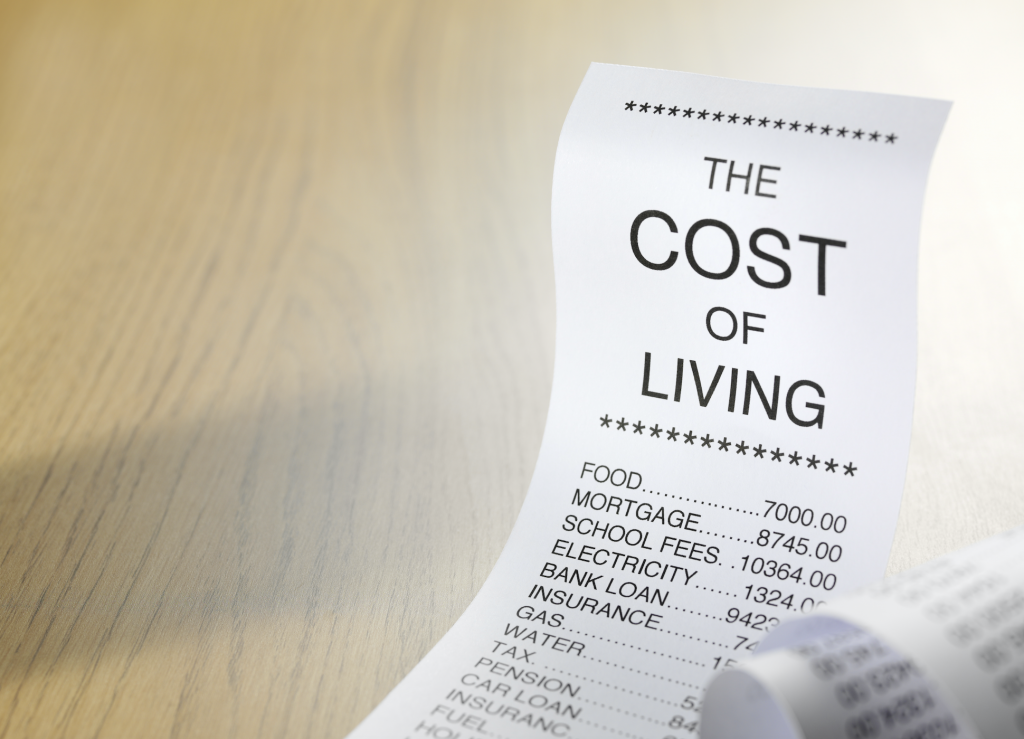People on lower incomes are most likely to try to limit rising prices by buying less or cheaper, but those with high incomes have continued to spend more and make the same purchases, according to new research
According to the Bank of England, which has published research into how households on different incomes are responding to rising prices, nearly 70 per cent of people said that the prices of the things they usually buy have gone up.
In response to rising prices, people with lower incomes are more likely to try to limit this by buying fewer things or looking around for cheaper alternatives, whereas people with higher incomes tended to keep spending more and making the same purchases.
More than half of those who spent more had reduced their savings, and a quarter have already squandered their savings. Meanwhile, one in twelve people have increased their income to cover the expenditures, and 5 per cent have borrowed more to meet higher costs.
Hargreaves Lansdown senior personal finance analyst Sarah Coles says: “Higher earners are determined to defy the miserable reality of rising prices and buy the things they’ve always bought. It means they’re less likely to be suffering the short-term agony of sacrificing spending. However, as a result, they’re cutting back on savings, eating into existing funds, and building up debts, so they’re set for more chronic pain over the long term.
“The research found that lower earners are far more likely to be taking vital steps to cut costs. They’re cutting out more non-essentials, and shopping around for cheaper deals on the things they absolutely can’t live without. Those on very low incomes are having to make incredibly difficult sacrifices in order to stay on top of their perilous finances.
“Higher earners, meanwhile, are far less likely to cut back. This reflects HL’s research through Opinium, which revealed in September that higher-rate taxpayers are less than half as likely as basic-rate taxpayers to have cut back on non-essentials (15 per cent compared to 39 per cent), and are almost half as likely to have cut back on the essentials to (13 per cent compared to 24 per cent).
“Instead, they’re likely to have started saving less. More than half of them told the Bank of England they’d saved less as a result of rising prices. Meanwhile, a quarter have been spending their savings. This may not be a problem if they’re maintaining their emergency fund of 3-6 months’ worth of essential expenses.
“The problem comes if they’re whittling away their financial resilience rather than looking afresh at their spending. This is certainly the case for the one in 20 who are borrowing to maintain their lifestyle, who risk running up unaffordable debts so that when they finally take stock, repayments and interest have made it even more difficult to balance the books.
“Regardless of your income, the fact that prices are up an astonishing 11 per cent means we all need to think carefully about what we’re spending. Those on higher incomes tend to have higher fixed costs, but there are always luxuries that can be cut from the budget, or savings that can be made on the essentials. And while it may not be something that those on higher wages are accustomed to, it’s a great way to ensure that a painful squeeze in the short-term doesn’t become a persistent and long-term problem.”
